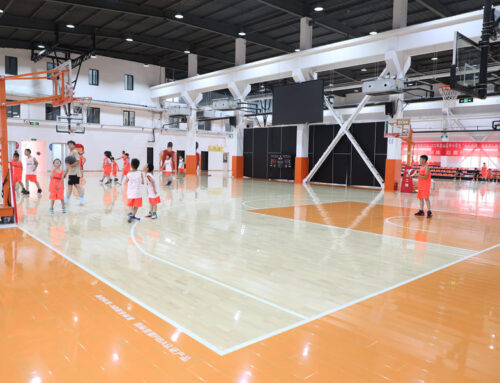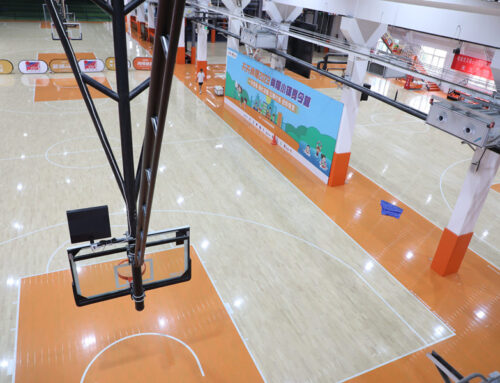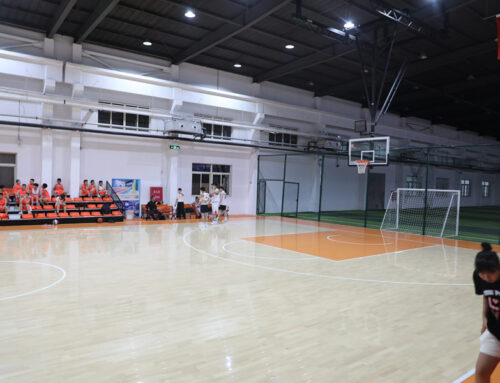Alright, guys, let’s talk about my latest project – putting in some soft maple flooring. I’ve always loved the look of natural wood, and after seeing some gorgeous examples online, I decided to take the plunge and do it myself. It was, let’s just say, a learning experience!

Getting Started
First things first, I had to measure the room. Several times. You know, “measure twice, cut once” and all that. Then came the fun part: picking out the wood! I went with soft maple because it’s got this beautiful, creamy color and it’s a bit easier on the wallet than the hard maple.
Next up, I gathered all my tools. You’re gonna need a good saw, a mallet, some spacers, a tapping block, and definitely some knee pads – trust me on that one. Oh, and don’t forget the underlayment! That’s the stuff that goes between the concrete (or whatever your subfloor is) and the wood, to help with moisture and sound.
The Nitty-Gritty
I started by laying down the underlayment. Pretty straightforward, just roll it out and tape the seams. Then came the real challenge: the first row of boards. This is where those battens come in – they’re basically just strips of wood that you nail down to give you a straight starting line. Getting that first row perfectly straight is key, because if it’s off, the whole floor will be wonky.
Once the first row was in, I could really get into the groove. You lay down a board, tap it into place with the mallet and tapping block, and then move on to the next one. The spacers help you keep a consistent gap between the boards, which is important for letting the wood expand and contract with changes in humidity.
Challenges and Triumphs
- Challenge 1: Crooked walls! My house is old, and let me tell you, nothing is perfectly square. This meant a lot of tricky cuts to get the boards to fit snugly against the walls.
- Challenge 2: My saw skills, It’s really not easy to use.
- Triumph 1: Figuring out how to “rack” the floor. This means laying out the boards ahead of time to make sure you don’t end up with a bunch of tiny pieces at the end of a row. It’s like putting together a giant puzzle!
- Triumph 2: That satisfying “click” when two boards lock together perfectly. Seriously, it’s the best sound.
The Finishing Touches
After all the boards were down, I installed the baseboards to cover up the expansion gap around the edges. And then, finally, it was time to stand back and admire my handiwork. It wasn’t perfect, there are a few little gaps and imperfections here and there, but overall, I’m pretty darn proud of it. I learned a lot, saved some money, and now I have a beautiful, unique floor that I can say I built myself.
And the room get a really great fresh look.





